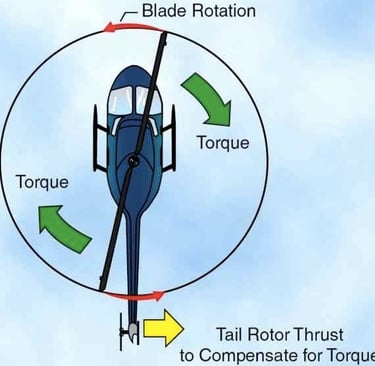Conservation of Angular Momentum
Physics is built on fundamental conservation laws. These are like rules that the universe never breaks. One of them is the conservation of angular momentum: If one part of a system gains angular momentum in a certain direction, another part must gain an equal amount in the opposite direction to preserve the balance. Physics is governed by a few unbreakable rules known as conservation laws. These laws are universal — they apply everywhere, from the motion of planets to the spin of a tennis ball. One of the most important is the conservation of angular momentum.
Angular momentum is the measure of rotational motion, just as linear momentum measures straight-line motion. The principle of conservation states that in a closed system (where no external torque acts), the total angular momentum remains constant. If one part of the system changes its angular momentum, another part must adjust in the opposite direction to keep the overall balance unchanged.
This principle explains much of what we see in nature and sports. It governs how skaters spin, how helicopters fly, and how athletes maintain balance and generate elastic force during rotational movements.
Real-World Example: The Helicopter Tail Rotor
The conservation of angular momentum is a fundamental principle in the operation of a helicopter. Because every action has an equal and opposite reaction (Newton's Third Law), the helicopter's body would naturally rotate in the opposite direction of the main rotor blades unless that torque is countered. How angular momentum applies to helicopters?
The law of conservation of angular momentum states that an object's angular momentum remains constant unless an external torque is applied. The parts of a helicopter's system and how they interact to maintain stability illustrate this law.
Main rotor creates torque: As the helicopter's engine spins the main rotor to generate lift, it imparts a massive amount of angular momentum to the blades.
Fuselage rotates oppositely: To conserve the total angular momentum of the system (the helicopter and its blades), the fuselage would attempt to spin in the opposite direction of the main rotor.
Tail rotor counters torque: To prevent this uncontrolled spinning, most helicopters use a tail rotor. The tail rotor is a smaller, variable-pitch propeller mounted vertically on the tail boom. It produces a sideways thrust that directly counteracts the torque from the main rotor, keeping the fuselage stable.
Pilot controls yaw: The pilot controls the pitch of the tail rotor blades with foot pedals, which adjusts the amount of counter-torque. This allows the pilot to make the helicopter's nose turn left or right, a movement known as yaw.
Conservation of Angular Momentum for groundstroke
In a powerful forehand, top players (like Roger Federer) often allow their right leg to move slightly back for a powerful winner shot. This isn’t just style—it’s Conservation of Angular Momentum. The lower body naturally reacts to the upper body’s rotation to maintain equilibrium.
In tennis, players have to deal with rapid torso rotation during groundstrokes. The upper body rotates forward while the lower body resists slightly or moves oppositely. This is the Natural Separation: Upper Body vs. Lower Body and preferred method, used in tennis, baseball, and golf.




